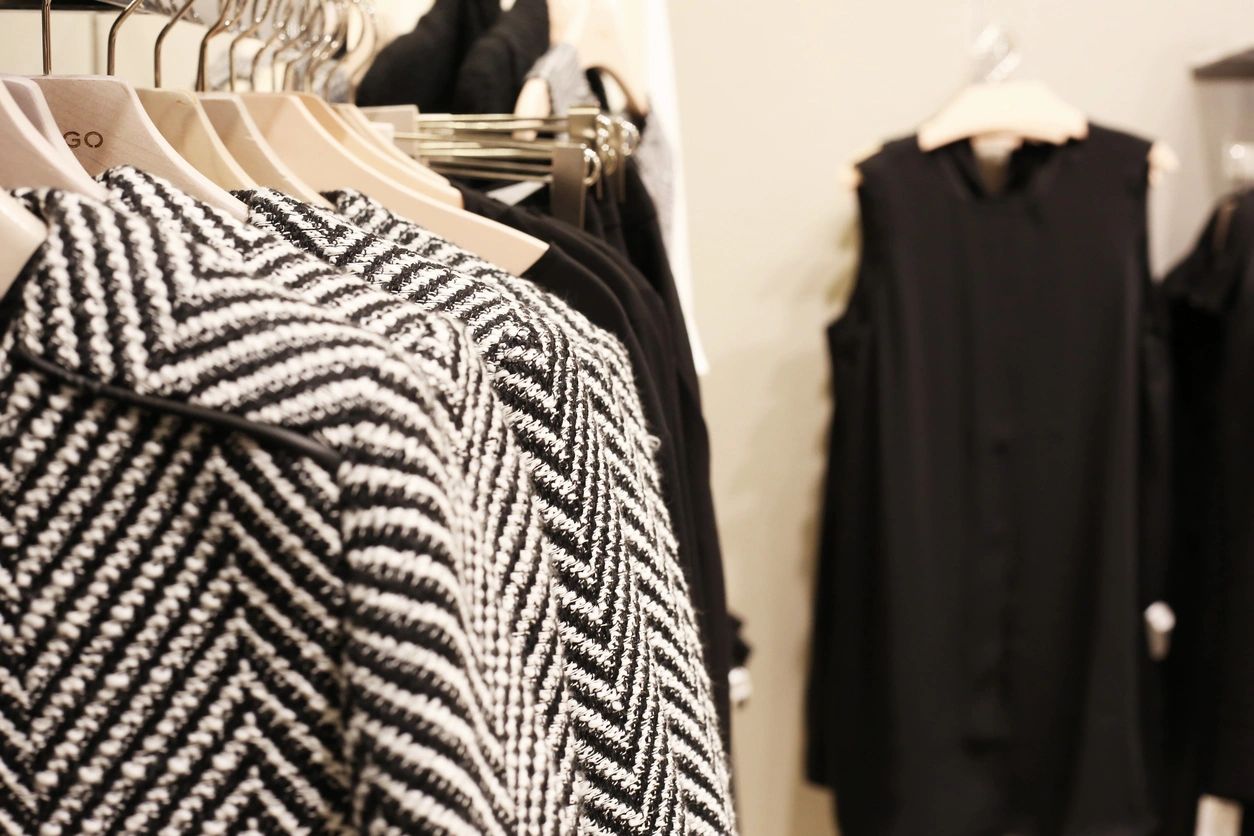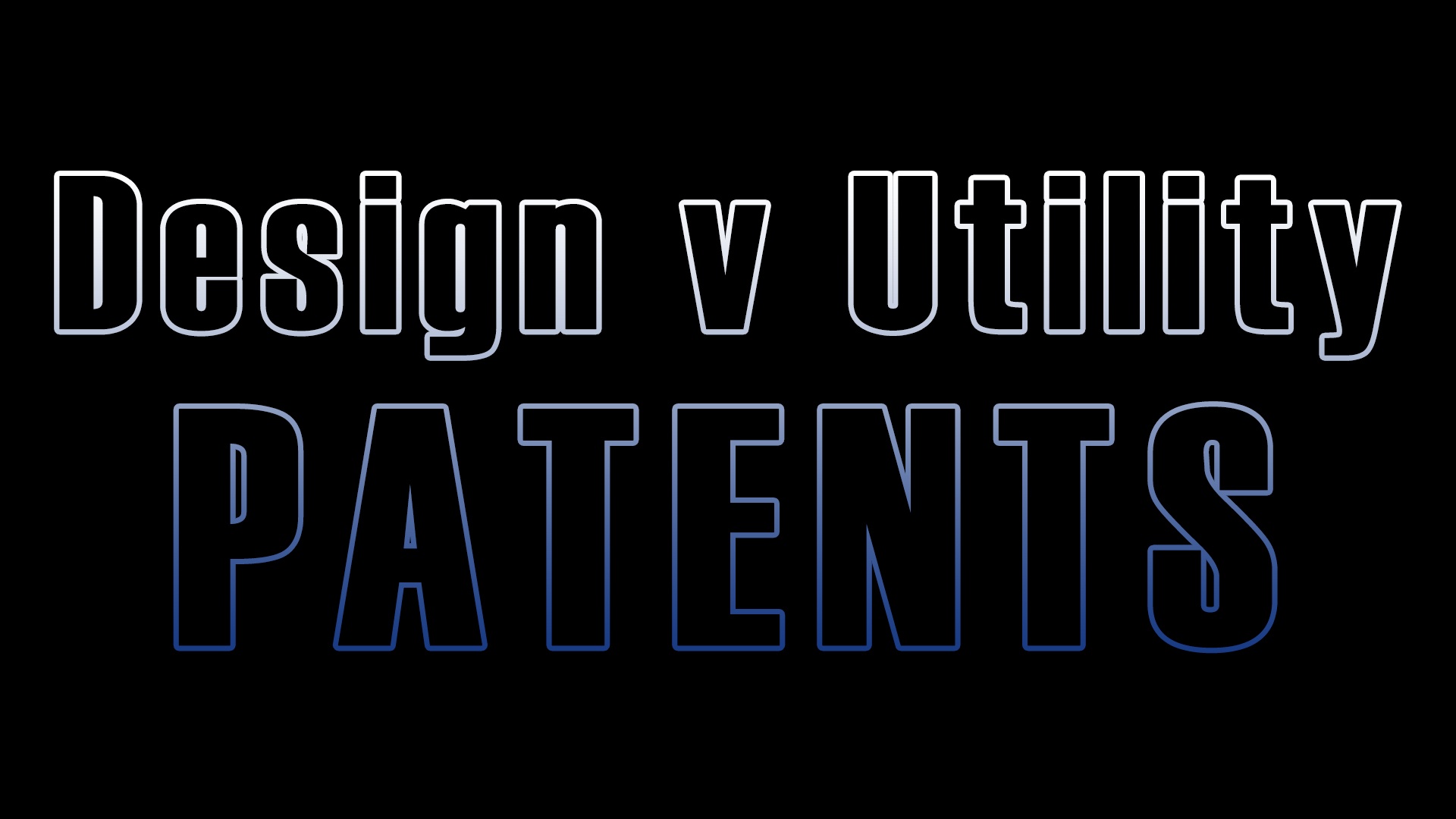
The Case
The method used to analyze potential infringement upon design patents was generally the point of the novelty test; however, the system has exponentially changed since the notable case of Egyptian Goddess Inc. v. Swisa Inc. was broadcast.
As vastly different to the ordinary observer test, a “point of novelty” is determined through:
“either a single novel design element or a combination of elements that are individually known in the prior art” [1].
This stipulation was added in order to clarify that separate elements to do with the aesthetics of a design does in fact establish a point of novelty. The ordinary observer test was originally used in tandem to the novelty test. It emphasizes whether or not an average person can distinguish between two products. On its own, the test does not satisfy the qualifications of deciding between two products in a court of law; the word of an individual is blurred and is especially convoluted in a market where the two companies through their products aspire to influence and maintain the same customer base.
 The question arose of “whether the court should adopt the ‘non-trivial advance test’ as a means of determining whether a particular design feature qualifies as a point of novelty, and how the point of novelty test should be administered” [2]. The confusion that ensued in the Federal Circuit through this case established an important gap that needed to be filled in order to assure that the method for resolving disputes such as these are more clear-cut in the future.
The question arose of “whether the court should adopt the ‘non-trivial advance test’ as a means of determining whether a particular design feature qualifies as a point of novelty, and how the point of novelty test should be administered” [2]. The confusion that ensued in the Federal Circuit through this case established an important gap that needed to be filled in order to assure that the method for resolving disputes such as these are more clear-cut in the future.
Egyptian Goddess’ D’389 nail buffer consisted of the buffer covering three of its four sides [3] while Swisa’s subsequent design shared the same rectangular shape but had the material on all four sides. Feeling that the competitor’s resultant configuration was too similar, Egyptian Goddess, in accordance with the law, alleged infringement. Nonetheless, Swisa’s defense elucidated that their product contained the buffer on all four sides instead of the aforementioned three, and therefore did not classify as infringement. To Egyptian Goddess, their “point of novelty of the D’389 design was its unique combination of design elements, which were all individually known in the prior art” [4], and built a strong offense in accord with that stance.
The Decision
The U.S. District Court for the Northern District of Texas ruled in favor of Swisa, claiming noninfringement; it passed the point of novelty test. “The court held that the point of novelty of the “389 patent was the unique combination of four design elements: open and hollow body, square cross-sections, raised rectangular pads, and exposed corners. However, these design elements were all shown in the prior art, and therefore, Swisa merely copied aspects of the “D’389 patent that were already in the prior art, (…) and the district court declined to address the issue of whether a point of novelty could be found in the combination of design elements present in various prior art references ”. [5] Egyptian Goddess appealed to the Federal Circuit, however they “upheld the district court’s ruling of noninfringement” [6]. This case is indicative that the system began to change, and the new ordinary observer test would become the main method along with prior art.
The Aftermath
Once the Egyptian Goddess Inc. vs Swisa Inc. case was put to rest, many observers and reporters claimed that the guidelines for finding infringement had been modernized and “that the Federal Circuit took great strides toward significantly reducing the difficulties involving in enforcing design patents” [7].
The novelty test, on September 22, 2008, was eliminated by the en banc court due to “inconsistencies with the Supreme Court’s holding in Gorham Co. v. White” [8]. The result was an adjusted form of the ordinary observer test. “Compared to the old two-prong design infringement standard, the new ordinary observer approach increases the probability for a patent holder to find that an accused design infringes a patented design in light of the prior art” [9]. The individual(s) in charge of testing the products would do the ordinary observer test now “through the eyes of an observer familiar with the prior art” [10]. However, it has been seen in many cases following the famous case that “the consideration of the prior art was not required in every case, only those in which the patented design and the accuses design are substantially the same” [11].
Cases Following the New Protocol
The first case to follow the new procedure was Arc’Teryx Equip, Inc. v. Westcomb Outerwear, Inc. The alleged infringement occurred through Westcomb Outerwear using a specific zipper, which Arc’Teryx claimed was their patented design. “The District of Utah” [12] pronounced that due to the ordinary observer test, there was no infringement done on the part of Westcomb Outerwear, because an ordinary observer could distinguish the difference between the two zippers.
A more notable case occurred in 2012 between Samsung and Apple, where Apple accused Samsung of infringing upon multiple design features, including a smartphone screen, and ultimately, “a jury in the Northern District of California returned a verdict of design patent infringement” [13]. Even though the case of Egyptian Goddess seems to have made the process for finding alleged patent infringement better, the new system of the ordinary observer test “when applied by district courts on summary judgment, it appears the application of Egyptian Goddess tends to benefit accused infringers over patent owners” [14].
However, the new method was not a complete success; the case titled Wing Shing Prods (BVI) Co. v. Sunbeam Prods questioned the new protocol, as it introduced the phrase “plainly dissimilar” [15] in differentiating between two separate coffee machines. This case established that it would be useless to have ordinary people trying to decide whether the two products are distinguishable from each other without viewing the prior art; even though “it was unlikely that an ordinary observer would be deceived by similarities of the devices, but admitted that resolution of the inquiry would benefit from a concrete guidepost” [16], the court sided with Sunbeam. The prior art was important in this case, because of the implied design for the coffee makers’ top design as well as the bases. This case really opened up the conversation that sometimes it can’t be determined whether a product is infringing solely based on the ordinary observer test.
Keurig, Inc. v. JBR, Inc. is another case that brought up the “plainly dissimilar” argument; however, the court did not use the prior art as a reference point. The court only referenced other cases in which “plainly dissimilar” was used but did not apply it to this specific dispute. “The court could have easily looked at the prior art, (…) but chose not to do so since it found that the two designs were “plainly dissimilar”” [17] and figured that it didn’t require any further insight.
As the point of novelty test was thrown away by the Federal Circuit, it goes unsaid that in specific cases, prior art should be “considered (…) during the infringement determination under the revised ordinary observer test and the plainly dissimilar analysis” [18]. There are two sides to the aftermath, one stating positive change and one stating stagnation, however it is hard to take a general stance overall; it must be analyzed on a case-by-case basis.
Conclusion
The infamous Egyptian Goddess v. Swisa case greatly influenced change in the field of patent infringement and has become a household name in firms working to incorporate modern statues in current cases. It will be interesting to see what new approaches come in the next few years; until then, learning from acclaimed cases such as these is highly informational.
Egyptian Goddess Inc. v. Swisa Inc.
[1] Dike, A.C., Egyptian Goddess v. Swisa: What is the ‘Point’?”, 8 Nw. J. Tech. & Intell. Prop. 116 (2009). http://scholarlycommons.law.northwestern.edu/njtip/vol8/iss1/6
[2] Ibid.
[3] Egyptian Goddess, Inc. v. Swisa Inc., No. 3:30-CV-0594-N, 2005 WL 5873510, at *1 (N.D. Tex. Dec. 14, 2005).
[4] Ibid.
[5] Dike, A.C., Egyptian Goddess v. Swisa: What is the ‘Point’?”, 8 Nw. J. Tech. & Intell. Prop. 116 (2009). http://scholarlycommons.law.northwestern.edu/njtip/vol8/iss1/6
[6] Ibid.
[7] Christopher V. Carani, “Landmark Case Fundamentally Alters Design Patent Enforcement,” Shoe Retailing Today, p.26 (Jul-Aug 2009).
[8] Ibid.
[9] Dike, A.C., Egyptian Goddess v. Swisa: What is the ‘Point’?”, 8 Nw. J. Tech. & Intell. Prop. 116 (2009). http://scholarlycommons.law.northwestern.edu/njtip/vol8/iss1/6
[10] Ibid.
[11] Lyons III, George T., The Analysis for Design Patent Infringement Post-Egyptian Goddess, McDonnell Boehnen Hulbert & Berghoff LLP, 2014.
[12] Ferrill, Elizabeth D., Five Years Later, Did Egyptian Goddess Live Up to the Hype?, BNA’s Patent, Trademark & Copyright Journal, September 13, 2013.
[13] Ibid.
[14] Ibid.
[15] Lyons III, George T., The Analysis for Design Patent Infringement Post-Egyptian Goddess, McDonnell Boehnen Hulbert & Berghoff LLP, 2014.
[16] Ibid.
[17] Ibid.
[18] Ibid.









